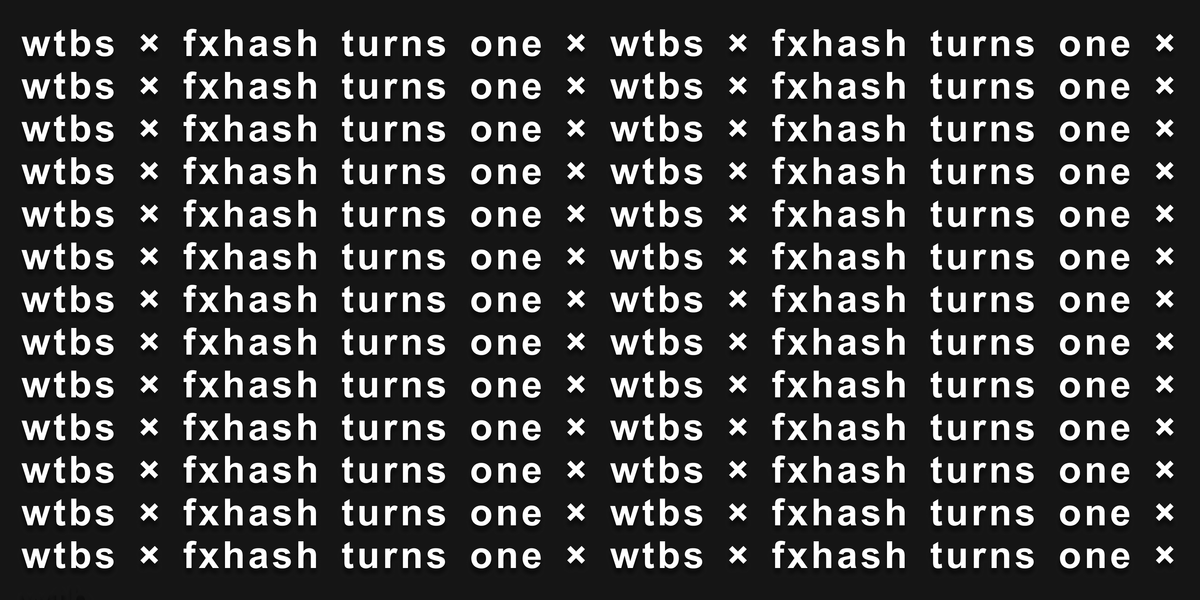
The First Year of fx(hash): Interview with ciphrd
written by Waiting To Be S...
This transcript has been lightly edited for clarity.
Will: All right, hello, and welcome, everyone to a special anniversary episode of Waiting To Be Signed. We're joined today by ciphrd, who needs no introduction.
ciphrd: Thanks for having me. It's always a pleasure.
Will: It's been a huge year, and we're super excited to have you on. The last time we talked was just before 1.0 came out, about the new features that were on the roadmap at that time. Perhaps the ones that have been most impactful since the release are Dutch auctions and reserves. How do you feel about how those have played out?
ciphrd: First of all, let's talk about the reserve list. I think in the beginning, it was a bit chaotic. Especially on Twitter, with many artists basically doing raffles for reserve spots, which was not quite why the feature was developed. But again, it's a feature like any other, so everyone can use it as they see fit. I think there are fewer artists doing this on Twitter now, because it's not very practical to do it, and I feel that a few collectors have complained. Reserves, I think, are giving lots of options on the platform right now - I'm especially thinking about the TENDER pass, which the feature has been quite helpful in shaping.
As for Dutch auctions, I think it's been good, especially for drops where there is a lot of action. There was quite some gas on some transactions, to the point where there was more gas being spent than money given to the artists, which was a bit sad to observe as a platform owner. But overall I believe that structure has helped in that regard.
There are still spikes of gas when reaching a certain Dutch auction step, but it's way less important than it used to be. As a collector, I'm always on the secondary market for anticipated drops because I don't usually don't have the time to click at the right moment. So for me, at least, this toolset has been so helpful.
Trinity: Sometimes we talk to people who are new to the platform about how we minted way back in December or January, where the strategy was to click the mint button as fast as you could. In that regard, these tools have been so impactful and I think we'll still see people innovate with them in the future.
The other really big feature that came out with 1.0 was the collaboration contract. We've seen a ton of collaborations, including the fxhash official collaborations, of which there have been many. Any thoughts around that particular functionality?
ciphrd: I feel like this out of all the features that were released with 1.0, it was the most significant in terms of what was brought artistically to the platform. I put lots of efforts into designing it carefully, because I know that other platforms hadn't implemented it really well.
There were some issues in the beginning. For instance, you would see the smart contract address for the collaboration, not the names of the artists, and they didn't appear on the artist's own Creations page. It's quite a complex system, and I'm happy that people are using it without much trouble now. And I was really happy to see how it helped shape a new artistic landscape on the platform. For instance, there have been collaborations between non-coder artists and coders that are working together; to me, it was the most interesting of all the tools being released for 1.0.
Will: It's been awesome for us - some of our most successful efforts to bring in support have been through collaborations with artists, which speaks to the generosity of those artists and their help to work with us and incorporate some aspect of the podcast into their art. It's been awesome. We've even had artists who have released a project and just put us on the contract at 5%, just as a way of supporting us.
ciphrd: I'm really happy to see these kinds of events emerging from a system where you have the ability to do it in the first place. I'm happy that contributors to the ecosystem can benefit quite naturally from all of these features. So good to hear!
Trinity: I think the community has also benefited from collaborations in via the melding of great artistic minds. The 1.0 launch really came out big with the collaboration between Yazid and Zancan with (kinder)Garden, Monuments. The support there has been absolutely insane. Have there been any collaborations that have really captured your interest?
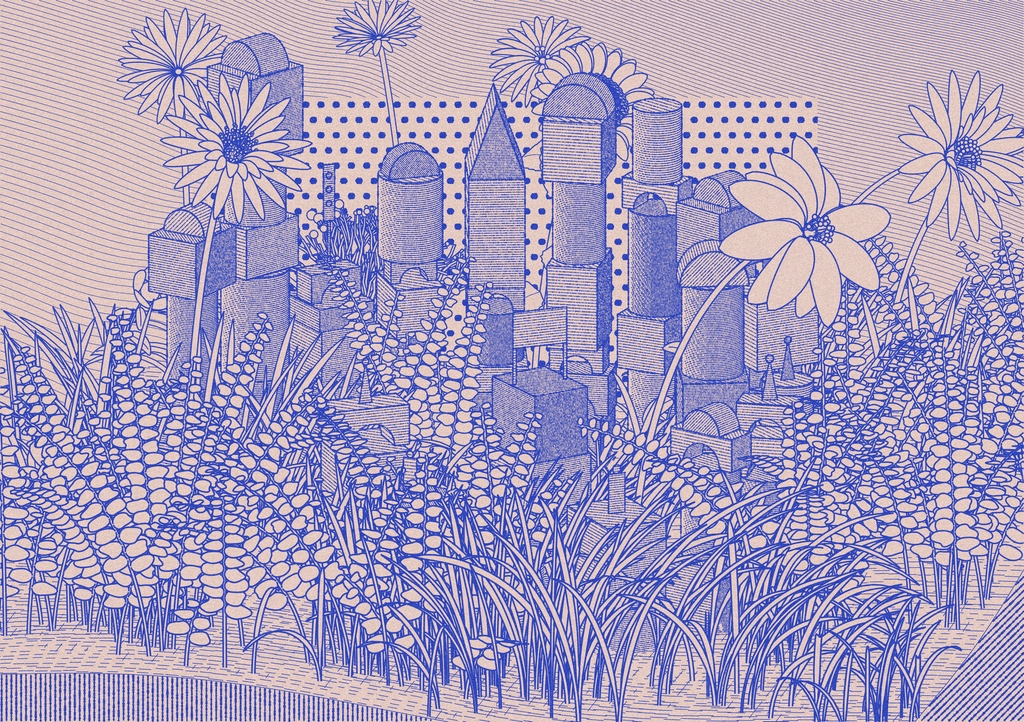
ciphrd: Oh, yeah, there have been a lot. I will say that out of the TENDER collaborations, a few of them that really caught my attention. In particular, there was Reconnaissance, which uses a technique that I've been exploring as an artist and seeing it being used in such a way it was really great. I love this piece.
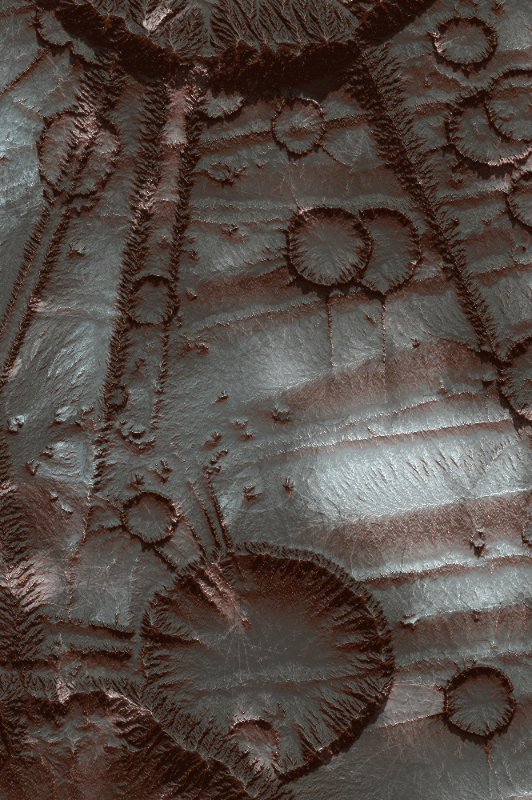
Emotional Shell is also one of my favorite pieces on the platform so far, just because it's quite a simple concept. It's been used before, but it's been shaped in a way that's very unique to this piece and creates a lot of emotions. When I introduce people to genart, I'm either using Garden, Monoliths or Emotional Shell, because also they have this quiet 'woah' effect. I like to introduce people to gen art by telling them, "This is quite beautiful visually, but there are no assets. It's fully code." This is what triggers the 'woah' and gets people to see that code can be powerful; it's not just triangles and circles.
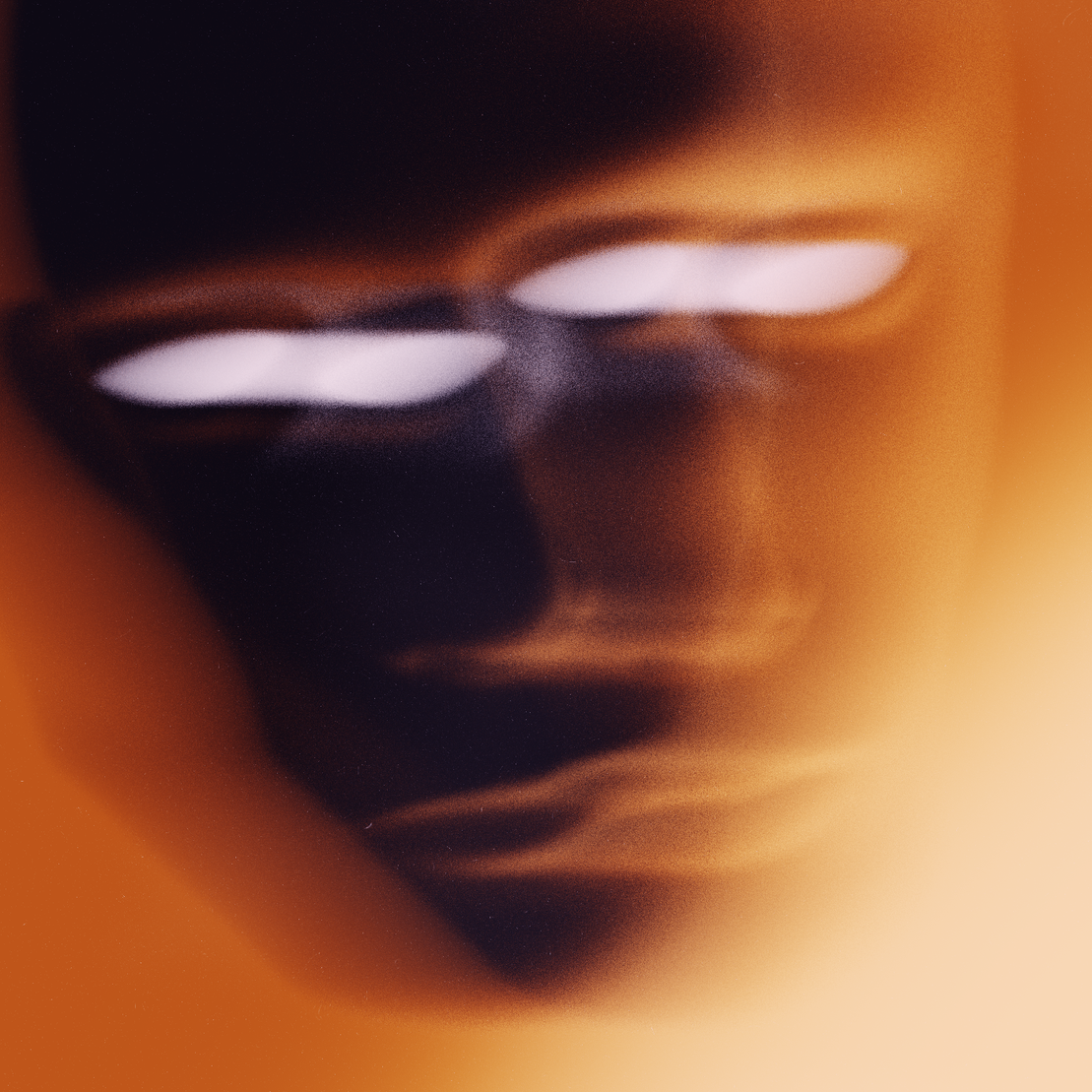
Will: Let me ask about a personal pet issue of mine. With 1.0 came the ability for artists to schedule releases by posting their project and then adding a countdown for it to come out at the day and time of their choice. Now that we have artwork releasing around the clock, do we still need the cycles and this rotating system?
ciphrd: It's always an ongoing discussion. We have opened the platform off-cycle for some events, like a professor teaching a course on generative art, but it's not something that we can do for every event that requires it. I feel like we will re-evaluate this pretty soon, because even our live minting events, for instance, require artists to post slightly in advance. It's a bit difficult for them to do that sometimes due to tight schedule, and it might not fit within their timezone depending on how the cycle has rotated.
But on the other end, it creates sort of life for the platform based on if it's open or closed. We can always expect new projects to come within a cycle, even if they don't release, but I agree that it's way less impactful than what it used to be. The platform has grown so much and is being used all over the world by so many different people, so maybe the scheduling is not as great as it used to be. Eventually we'll re-evaluate and ask the community about it.
Trinity: I think this is such a tough one. As you said, it's not as useful used to be, but on the flip side, I really appreciate there being two days a week where I can step away from my computer not to worry about new projects coming out. It's not an easy decision, that's for sure.
Will: Moving on, we have the live minting events that fxhash has been a part of over the summer and fall. What's the plan for these live events, and what has it been like taking part in them?
ciphrd: It's been so wild for me to travel that much, especially within Europe. I'm trying to limit taking the plane as much as possible, but I will be going to Miami because I want to go to United States once in my life. Next year I'm going to travel way less. Meeting so many artists and people from the community has been so wonderful, maybe some of the best moments of my life, but also it takes a lot of energy. It takes time to recover and keeps me from building the tools for the platform.
But also, it helps the platform grow. In the future, I really want us to have a solid framework for this live minting events. I want to know what the friction is so that we can make it easier for people at events. When we introduced paid live minting at NFT Show Europe, there was a lot of friction because people did not necessarily have a wallet. So we thought, okay, how can we improve this, because long term we really want our platform to have tools so that people can set up their own live events. I feel this will be one of the most powerful ways to reach out to new audiences.
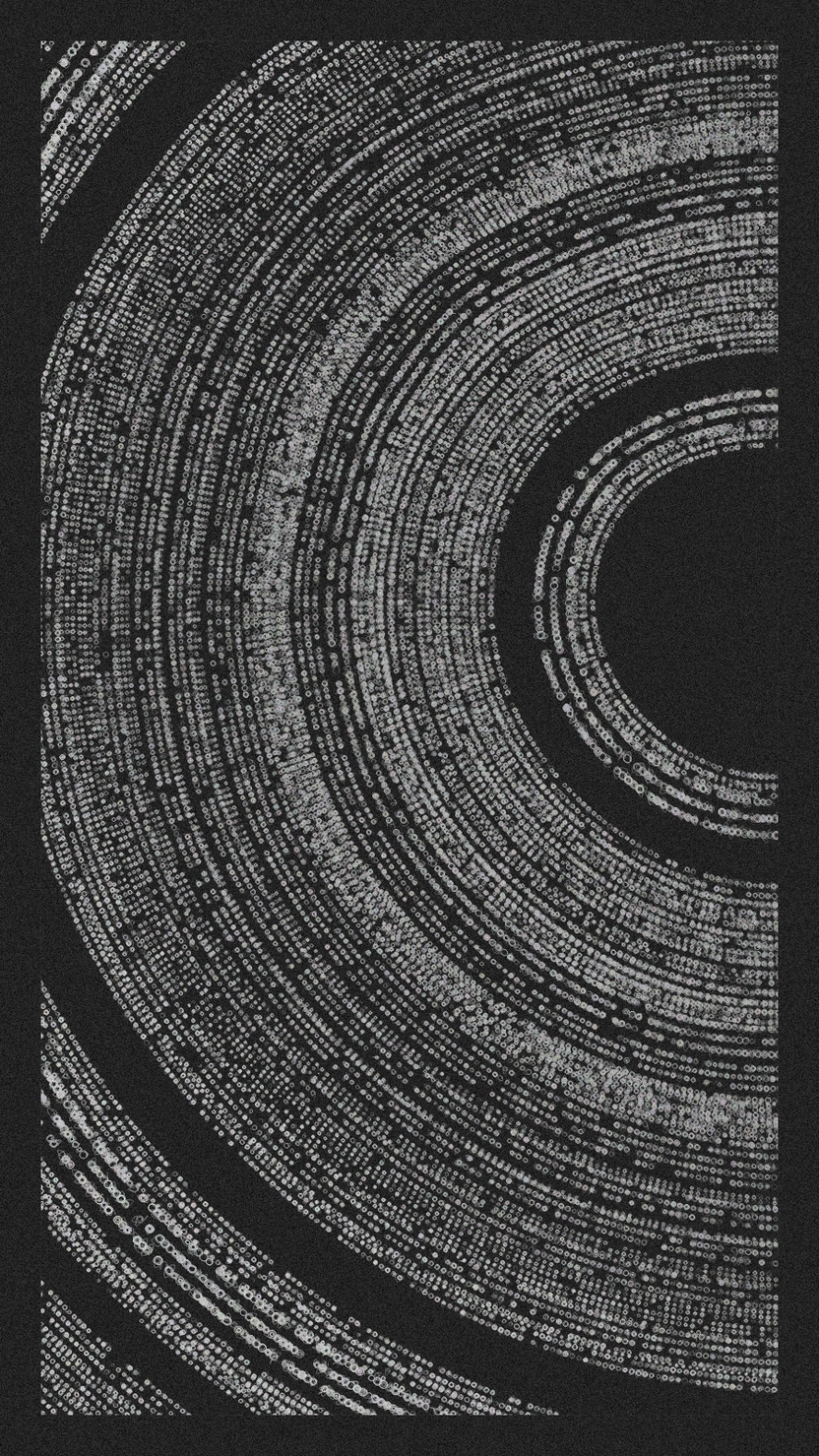
But yeah, it's been so tiring to travel this much. Next year is going to be way less, I think, because I want to focus a little bit more on myself and the platform.
Trinity: Last time we talked way back in March, it was more or less you with a team of community support people in Discord to really help with the lift around moderation. In the community update from a few weeks ago, there was the mention of growth in the team; you've hired more developers, people who do marketing, and operations. How has it been with the growth of an official fxhash team?
ciphrd: I'm interested to talk about this, because I feel like in the last four or five months it's been slowing us a lot in the development of the platform. When I was alone, it was very fast and easy to iterate on features. When you're alone, you can do everything by yourself, and you have a clearer idea of how everything ties together. But it's not very scalable and creates a big point of failure.
Also, our operations started to get bigger; living minting events require people to help the artists and be available for the dev side of it. A lot of our efforts in the last month has been to shift from us being very decentralized, with people contributing but not being paid for the contributions, to a more centralized approach where we are can process tasks a little bit easier. Some centralization is required to make a product grow and evolve. A product cannot be fully decentralized in how it works.
Right now we are around 15 people in the team handling engineering, events, community communications, artist relations, basically all of the components that are required for us to grow in the future. And it was very difficult, because I don't really have a business background at all and had to learn everything. It was very slow for me to process this new information and apply it in the best possible way for the team, which is why why there's been a bit of a slowdown in the platform and our ability to ship features. We had to train new developers and define internal pipelines on how and improve the product. It was quite intense, maybe more intense than bringing the platform to the v1, actually, but was also interesting experience.
Trinity: Hopefully, you can take a vacation soon, it's well deserved.
ciphrd: I'm slowing down. To be fair, I'm trying to work less and have more time for myself.
Will: It's awesome to hear that you brought on so many people. That said, we're in a little bit of a bear market right now, with a lot of platforms like OpenSea having a big drop in volume, not to mention the price of tez is down. Conditions are not what they were back in March, when things felt a lot more optimistic and the price of tez was higher. Have there been any moments of concern in the last few months, or is that something that you don't pay attention to anymore?
ciphrd: I'm paying close attention to it. I'm not surprised that we've reached this stage right now, and I'm expecting it to be even worse in the upcoming weeks, if not months, as the state of the economy right now in the world is quite bad. And it's not in a great state for crypto to thrive. I think was needed in the ecosystem because there was growth to the point that PFPs were selling for millions for no particular reason except speculation.
It's quite hard have optimistic view of the future, knowing that the crypto is so much in question, but again, this is a needed cycle. I feel like we will eventually reach a state where we find a sort of equilibrium between the value that crypto brings to the people and the value that people see it brings to them. But again, I'm not very good at this sort of analysis; there are people on the team that are way better than me at doing this. And we are taking necessary steps so that if everything falls down we can keep going for a few months until things are in a better state.
Will: Everytime a Zancan sells it's a little bit of payroll for the month, right? :)
ciphrd: For fxhash itself, everytime crypto crashes, our sales are increasing on the other end. And that's I think what I meant by people are investing in something they think will sustain more value. And I think it relates to art in general, and generative art.
To me, generative art is going to be the art movement of our era, because it's the first form of art that's really native to computers and highlights what computers are for and what they mean for humanity. It'll be what we look back upon and say, "Okay, this has been a really new way of creating art that's never existed before." And that's also why I think people are investing a lot in general. They're starting to understand that something's going on there; we all have this feeling. And that's maybe it's this feeling that's driving our generative art ecosystem in the right direction.
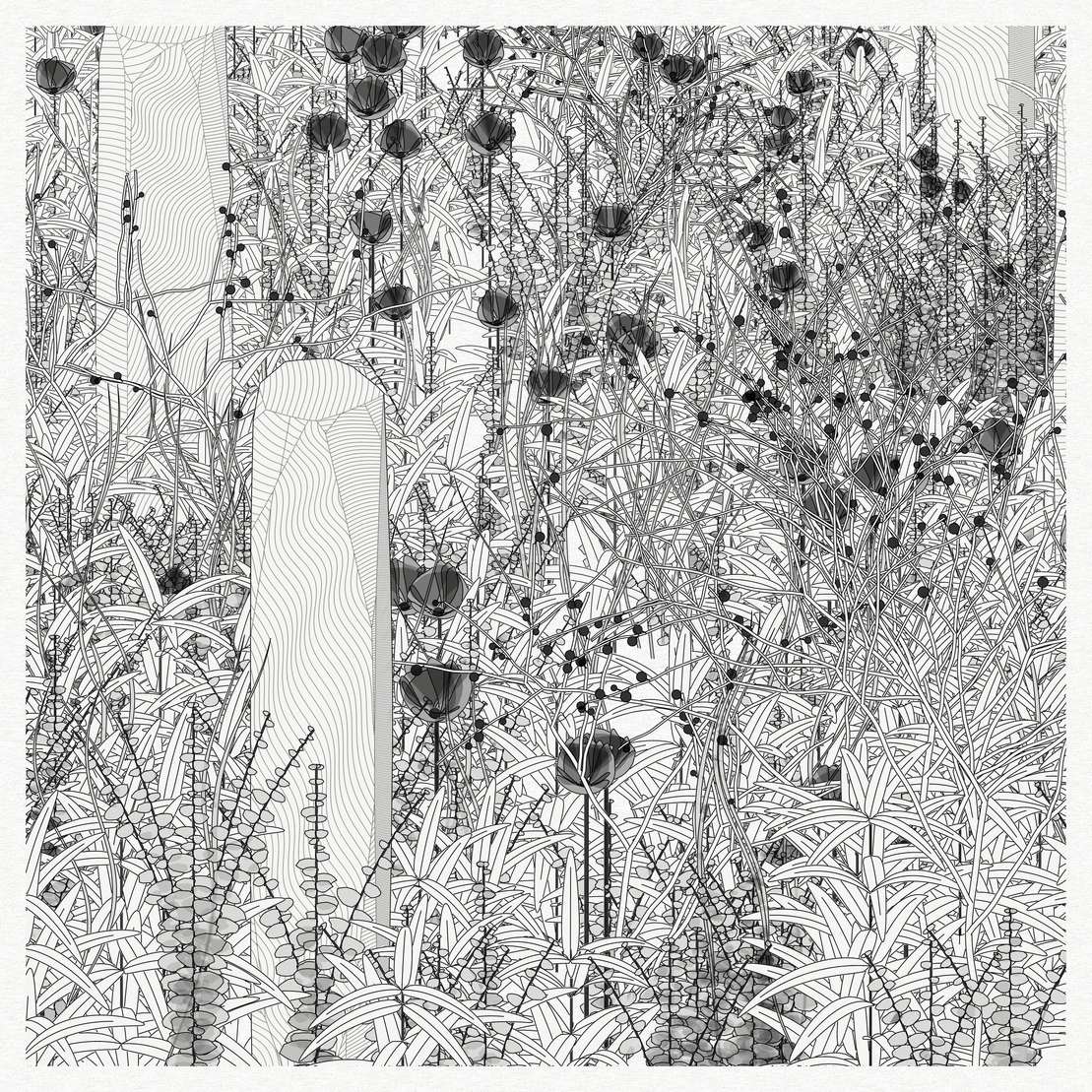
Will: Totally. We've done some very non scientific research into the fiat price of some of the 'top projects' on the platform as tez fell. If you're holding RGBs, or Contras or Zancans, despite how much tez is down you're still up in dollar terms, which is crazy to think about and shows that we're in the right place, building and collecting and just hanging out.
ciphrd: I think that's a great marker, you're right. When the prices of the currency crashes, our sales are increasing in the other direction. And I think that's really because these works really hold the value.
Trinity: That is also what we think triggered that big run back in May when everything was flying. I think it was the first time that Tez was under $2, and yesterday we dipped below $1. There is a related conversation around chain security, not just how safe is it but the longevity of it. There was a good Twitter space recently with TENDER and Zeneca about this, and the one thing that could be good about tezos is that it's not the most financialized chain. People aren't here to make money in traditional ways, they're here because they love what's happening on the chain. From a 'digital collectibles' standpoint, are you still feeling good about being on tezos versus any other chain?
ciphrd: Yes, I actually do. I came on tezos in the first place for its community. And I believe that when you have such a strong community, you will find solutions to get through this. Even if shit goes down, we will find solutions to maintain this ecosystem because there's such a strong and vibrant community.
I've also been more and more interested and happy about the direction of the Tezos Foundation in the last year, as there's a true effort to highlight the art space on the blockchain. It's maybe the only chain that does that right now. They had a presence at Art Basil, there will be one in Miami, and probably more to come. And it really shows that there's a will to highlight what's working into their ecosystem. They are noticing this and making the necessary steps to further this.
Trinity: Maybe just one last question here, related to the wonderful community we have. What sort of growth that we've been seeing? How has the pace of the growth of fxhash been over the last 6-8 months? I know that at first you were a bit shocked at the huge spike between end of November and early January. How are you feeling about the overall trajectory at this point?
ciphrd: We are building internal tools to monitor that more carefully. Up until now, we didn't really have decent tools to track this properly. So basically, I've been using the same resources that you have. We have reached sort of steady base right now, there is not so much growth in the users, although we see new users coming. But we see also users that don't interact as much as they used to with smart contracts. We are out of the initial fire rush of the platform coming to life, and it's great that we have reached a sort of stable state from which it's possible to grow.
But also like, we know that if we keep going in this direction, we can keep this amount of users interacting and artists interacting with the platform. We haven't made much effort towards growing our ecosystem, I think that's something to highlight, we are not actively doing marketing or anything, we are just basically releasing new tools and helping artists interact with the platform. And then we will start maybe try to do some meaningful marketing. By that I mean live events with conceptual installations that highlight generative art. I think it can create an influx of users that see the platform in a new light or discover generative art and the blockchain.
Trinity: A large part of that is due to fxhash being very open platform, right? Art Blocks, when you talk to collectors, has like a very big name brand association with very few releases that are heavily curated. Do you still enjoy the open aspect of fxhash?
ciphrd: Oh, hell yeah, 100%. I stand by it's value. This will remain, if anything.
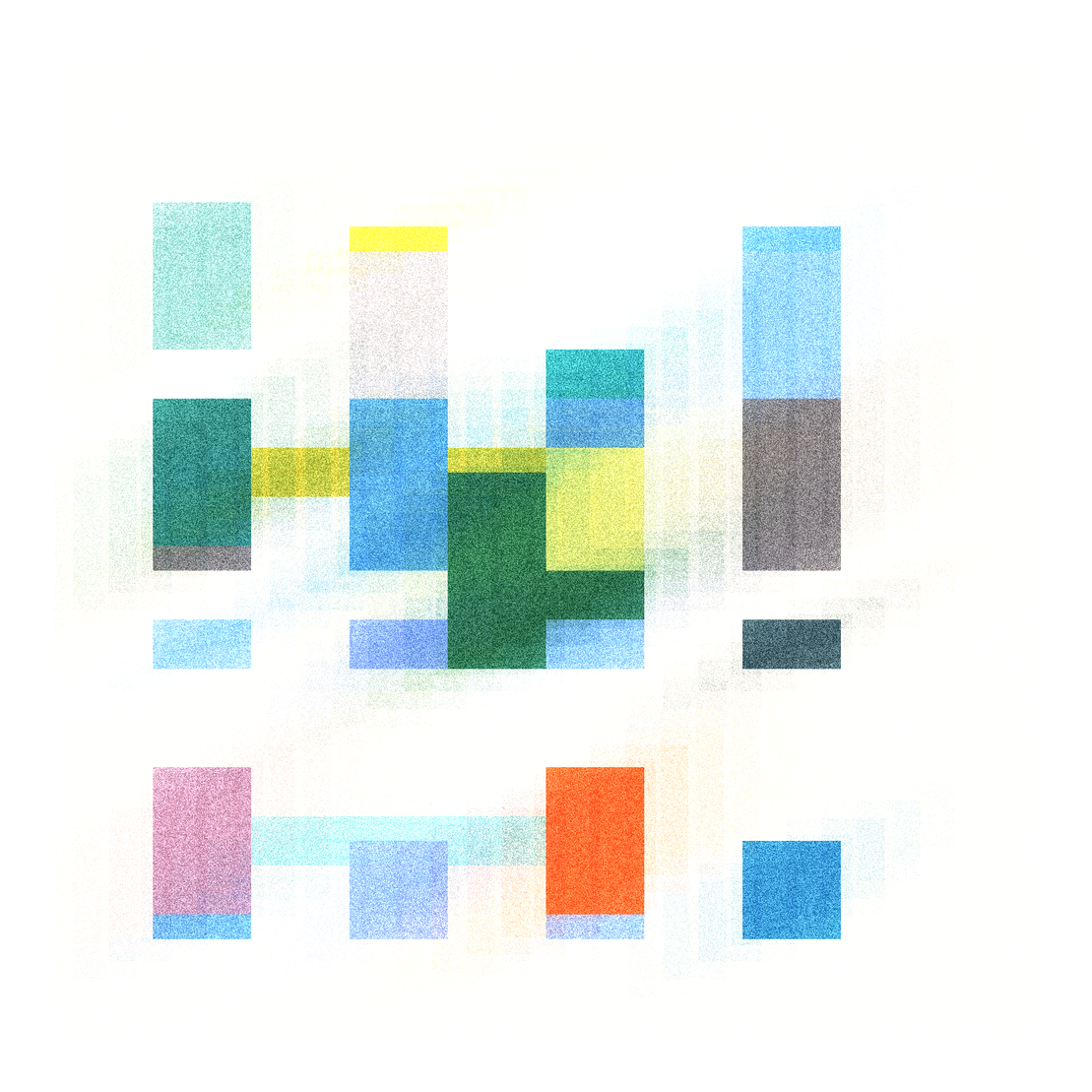
Will: It feels like Art Blocks is moving more towards openness.
ciphrd: Maybe, but that's not something that I've observed. I've looked at their recent features, and I don't think they're really going to be open at all. If anything, it's the opposite. I think they really want to keep their focus on curation, rather than opening up more. That's the feeling I have at least.
I think it's great to have them in the ecosystem because they represent what it means to have curation. It's also quite interesting to see how these two visions are going to evolve in the future, and monitor as a social observation.
Will: Let's talk about one last feature that kind of came out more recently. A few months ago, just out of nowhere, fxtext was released as a microblogging platform. How do you feel fxtext is going, and can you talk to us a little bit more about where you think it's headed or how it's being used? Are people using it right? Are you surprised by the volume in a good way or in a bad way? What's your take on the community reception to it?
ciphrd: So my initial intent of building this tool, I was in front of the computer looking at some pieces, and I thought it would be great to have a way to access to a few articles that speak about the piece, to get some insight about the creation process. When I thought about this, I thought about some kind of tool to write text rich text content in some sort of very layer-zero way. Something that's not opinionated and very open to the whole ecosystem. So that's how fxtext was built.
It's still very much in its infancy stage. So right now, it's only on fxhash, where we have a space where you can write and read articles. And on the article, you have types of storage pointers to say, "Okay, I want my text to point to some data in smart contracts." And that's how you can link to generative tokens, or you can link to particular gentk that you want to highlight.
In the future, fxtext is going to be a separate platform where you can eventually link to projects uploaded on Objkt or Versum, or any platform actually. The idea is to create this ecosystem that ties everything about the art together in one space. Let's say that you want to create a new platform, and you want people to be able to write articles about the project that are published on your platform, I want it to be very easy to integrate: with a few clicks, you can add a section to your website where all the articles will be published and where people will be able to publish articles for your platform.
I think the reception was great for the writers, and we've seen so much great content being uploaded, but I think the collectors have not yet really gotten there yet. It's much more used as a tip rather than collecting something valuable for the long term. That's fine for now, but once this whole ecosystem is tied together people will start putting more value into the tokens that are written. And also fxtext is like a building block for a more much more complex creation system that I have in mind that I've also like a bit written about on some documents elsewhere. It's going to be one of the components of a much more bigger curation system.
Will: That sounds like a good segue into talking about new features. Next week there's going to be a couple announcements in celebration of the one year anniversary. Let's hear it, let's talk about it!
ciphrd: Yeah, that's going to be very exciting, I think. We have been working on one feature in particular, that's probably going to change how the ecosystem works on the platform. The feature is called fx(params).
Right now when you mint an iteration, it's basically for randomness, you don't have any control over the output that you're going to get. The idea is to give artists the ability to define some parameters that the collector can interact with before minting their piece, and those parameters can have an influence over the output. There will still be the possibility for artists to use the randomness and not expose parameters to the collectors, and they will have the the ability to go full parametric, allowing collectors to decide exactly the output they're getting. Or you maybe only decide the background color. I really see this as being a very important component of the platform in the upcoming years.
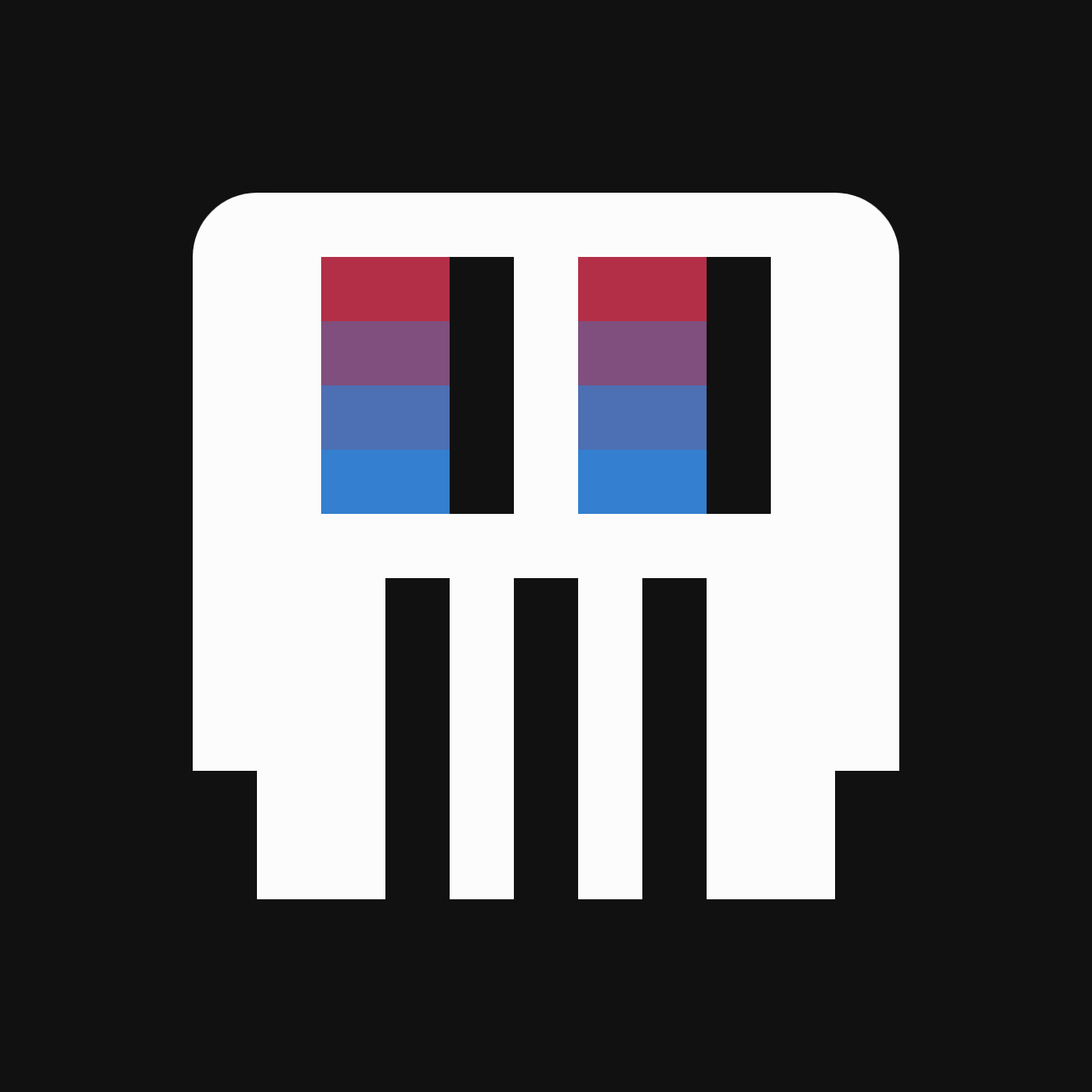
Trinity: So a quick question on how this functions because I think that we've seen similar features elsewhere, like C-Verso, where there is much lighter take on that with the ability to pick between Option A or Option B. How would this interact with the sometimes the very speedy minting process that we experience today, even with the Dutch auctions and reserves? Is it something that you can play with while the project is in the queue?
ciphrd: Yes, so that's good point, it will not be meaningful to have the exploration of a parametric space available for collectors with no time to explore it. This will be a two-step process. In the first step, you mint a pass that gives you the ability to mint an iteration later on. And then you can play for as long as you want with the parameters, but actually not as long as you want.
There is a bit of a twist in that passes will actually be NFTs, meaning you will be able to trade those mint passes on the platform itself, but then will also be subject to a tax of sorts. If you want to hold the pass, you have to pay the artists as long as you want to hold it. There will be seven days where you don't have to pay anything, and you can mint. But once those seven days are done, you have to pay a fee to the artist to keep the pass in your wallet. Otherwise, people can claim it. The idea of this tax is to incentivize people to eventually mint their iteration. Otherwise, we can end up with some projects that are half-minted; we don't want to reach a state where the collection is not fully minted, although it's been fully sold in the first place.
Will: That's a lot to unpack. I have a question on the philosophy of this. Do you feel that allowing the minter to control features like this is still long-form generative art? Is it just regular generative art? Do you feel like the category shifts a little bit when it's no longer truly random?
ciphrd: Yeah, I wouldn't be so keen into putting labels over what we're doing. I get the idea of long form versus short form. But I also think it's important for artists to have as many tools as possible. I've been talking to lots of artists and, for specific projects, they wanted the collectors to have the ability to go through what they're going when they create their pieces. So basically, when you're creating your own set of generative art pieces, you're going through thousands of iterations, and you have to pick the one that you like out of this, which says a lot about you.
I would like people to keep using a part of randomization because it's also related to what's at the core of generative arts, aka the ability for artists to manipulate the parametric space in a meaningful way. Often you're evaluating the quality of the artist's ability to manipulate the parametric space.
Trinity: It's just such an interesting concept in terms of the game theory. In a world in which you could choose a red or green background and 98% of collectors choose green to sell to Zancan, it's interesting how a rarity pressure is put on the ones that are red. It really becomes the community that's creating the sense of intrinsic value, or aesthetic value, and that's crazy to think about.

ciphrd: This will actually be the theme of our exhibition in Miami: subjective rarity. Right now, there is a rarity-by-number metric in terms of the occurrences of the traits that have appeared in the collection. I prefer to see new kinds of rarity emerging. So as you mentioned, the red one becomes the rarest, but also maybe it's the ugliest. So we will have like this interesting new dynamics for the life of the piece after the mint.
I'm quite interested in seeing what will be considered after this feature will be released. And I think we will see all kinds of things, and it'll be different for every collection, which I think fits the narrative of being a framework for communities to arrange themselves into. What do we consider to be the rarest in the set? What are the most beautiful traits? Do we want to get the ones that have a beautiful output, or something that is different?
Trinity: That also leads to the subjective nature of beauty; what we consider beautiful now could be changed completely next month, or 10 years from now or 100 years from now, especially when we're looking at the context of the trajectory of an artist and how they grow and the subsequent work that they put out.
Will: I expect when this feature comes out, we're going to see huge adoption immediately because every artist is going to want to play with it, but I would hate to see it become overused. There's so much charm, and fun, to the truly random mints that we have now. And it pushes artists to work on their algorithms and forces them to hone their taste and their style.
I wonder if the community will put pressure on artists to just release a project and make it customizable. I wonder what the break down is going to be between which artists decide to use it a lot vs which artists continue to use pure randomization. It'll make for a very interesting year, I think.
ciphrd: We can't predict really what will happen as there's so much at play there. It will take a few months for us to make observations and deduce what worked and what didn't really work. Because of the collaborative nature of the community, feedback happens much faster and easier than what it used to.
Trinity: There is another feature on our radar, fx(lens). What is fx(lens) and how does it play with fx(params)?
ciphrd: It's a tool that artists can use locally to build projects for fxhash and fx(params). We needed to have a tool that artists can use in their environment to be able to see what it's going to be like on the platform afterwards. So it's a quite sophisticated tool because we needed to give as much freedom as artists into building and also keep the constraints of the platform within the same tool. It's not something that collectors will interact with. So basically, it will replace the sandbox altogether.
Will: So you've already alluded to this earlier, but the another new feature that's going to be announced is an evolution of live minting. So what does this mean that you and the live minting events?
ciphrd: Live minting tools being open to the public is going to happen very much later in our lifetime. Right now, there is a lot of monitoring that's required to make sure everything works. We need to have services that run specifically for specific events, and abstracting this into a framework that can be used publicly, is very hard. And also for our own events, we haven't yet reached the stage where our tools are what we want them to be. There's friction with the wallets, and lots of things that needs to be fixed until it's as good as it can be for us. This is like not a feature, per se. It's fxhash continually building new tools in the background and eventually making these open to the public.
One feature that's going to be released soon comes out of a need that we had around sending one-year anniversary shirts for fxhash. At first we thought we should we set up Shopify or WordPress, very standard e-commerce websites. But it's not the web3 way to build and not very interesting. So we brainstormed a bit and came up with the idea of consumable tokens.
The idea of consumable tokens is that we will set up one token to be consumable on our backend, and on the frontend you will see a project with iterations that can be consumed to trigger an action. So in our case, it will be ordering a shirt. If you buy our token, you will be able to consume it for free to get a t-shirt. So it's a way to have both the NFT and the product in the real world.
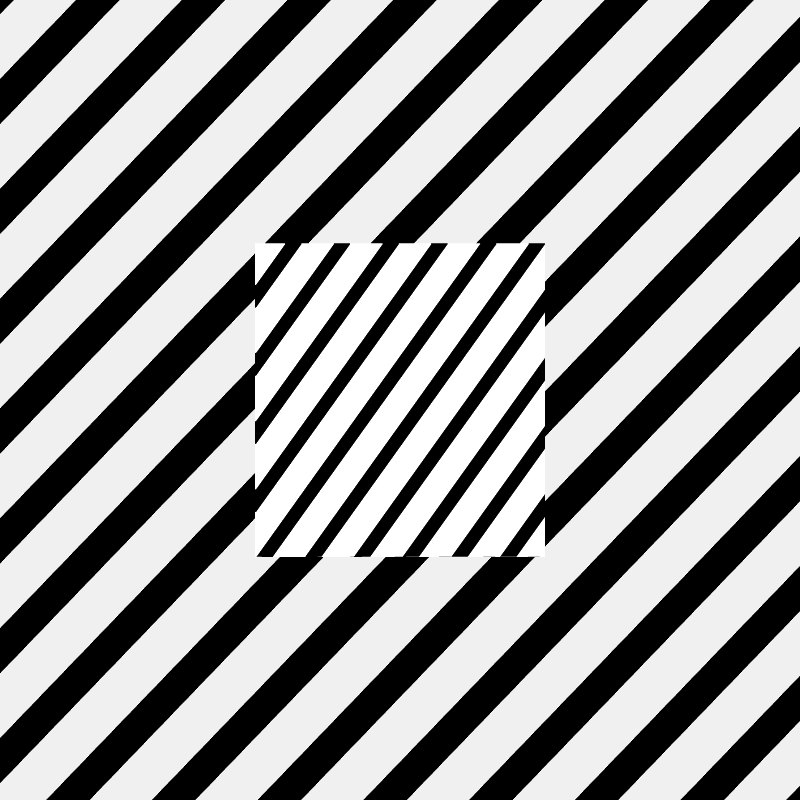
We will release it only for us in the beginning, but I think it can be a very important tool for artists in the future. They will be able to set it up for a piece to printed only once via the system, and then token will never be printed again. And we can certify this because it's been consumed and verified. That's cool.
Consuming is not the perfect term here, because you will still have the NFT in your wallet. In the end, that's something that I really wanted to keep in this system, because I think that it's too bad if you burn the actual NFT. Here, you can actually keep it and it will be marked as non-consumable on the platform. The marketplace will eventually have projects that are consumable, and you will see which iterations you can buy that can still be consumed. So there will be this bifurcation of tokens within the collection, which will also be interesting.
Will: This sounds like a really interesting open feature that I mean, even us, could use if we wanted to do a WTBS t-shirt or hat. At this point, it would be the way to do it.
Trinity: I like the idea of tokens as potentially having utility elsewhere, people building things to support the consumed tokens. I love the idea of having things in your wallet as a way of identifying your journey throughout the blockchain, so to speak, and ways to provide value after you've spent the token. Super cool. I think we'll have to see in action to really understand everything that it enables.
Will: Are there estimates for when some of these features are going to go live?
ciphrd: Estimates are beginning of December for consumable tokens and the beginning of January for fx(params).
Will: Great! The live minting tools kind of already exist, so it's only a matter of opening them up to other people. Will that be by request only?
ciphrd: Yeah, for now, we want to keep these by request. We are also doing some quality assurance on the exhibitions that we work with, so we will slowly open the live meeting on a per case basis, basically. Once we get some more experience we will eventually release it to the public when it's really ready.
Will: That's an amazing summary of everything that's going to be announced this week. Let's talk about some of the stuff that was on the previous roadmap and whether it's still on the roadmap. From our last episode, we have curated spaces, which you mentioned earlier as maybe that'll be an extension of fxtext. And then, of course, the DAO governance and the fxhash token. What of the roadmap the previous roadmap is still kind of being worked on? And is there an end in sight to any of those features coming out?
ciphrd: Yeah, the roadmap on the website needs updating, and this lack of communication to the community is a byproduct of us internally finding new ways of working together. We just released our first community update, and expect to see them more regularly. The roadmap on the website is on our to do list and the documentation needs to be cleared a little bit.
As for what's on the roadmap, curated spaces is going to happen next year. I don't know when because it's such a complex system to tackle and requires proper observation of the community.
The token is, well... the problem is that I want the fees of the platform to be distributed to the holders of the token, or at least the people that stake it. And the issue with this is, of course, legal, because it makes the token a security. And if it's a security it has to comply to a wide range of rules. We could basically YOLO and release it without taking care of this in the first place, but it would be an issue in the years to come. We are currently working with some lawyers to slowly set it up. If we want to have redistributed fees to the community, there needs to be a pretty high level of KYC, somewhere on the blockchain, which introduces a wide range of new issues altogether. There's so much work to do to tackle it in the right way.
Will: Are there any more contract level features that might be added to Dutch auctions? Something that we've talked about is giving artists the ability to tell the Dutch auction to stop when the open portion of the reserves is minted out, so that the people who have reserves don't automatically get at the bottom price tier. Or, and we've seen some artists do this manually, the ability to refund the difference to those who mint at a higher tier versus the final resting tier. Are there any more market-based features that you might be looking to add to the contracts in the coming months?
ciphrd: The issue is that we are talking about many complex systems that we want to have interact together in sort of abstract ways. Basically, they should be able to interact together as dictated by artists, but it's very complex to build given we already have some components on-chain, such as pricing methods. It will be difficult to make them as modular as they are today, but I'll be looking into the possibility to do this for the next iteration of the smart contract, which will come with fx(params).
We also have to take into consideration that the UI to mint is going to be way more complex if we provide the option for the systems to interact together. While some projects may benefit from optionality, the others will suffer from the additional complexity in the UI. Our job will be to simplify this process, and I'm still assessing the viability of implementation.
Loom #186
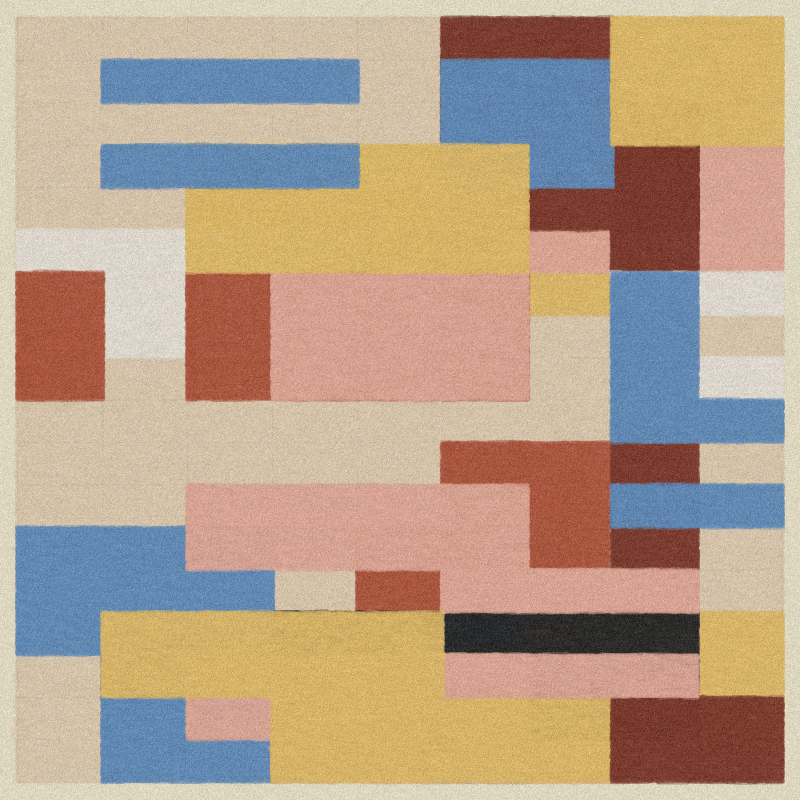
Trinity: Is there anything else that we've missed when it comes to platform features or other things to look forward to?
ciphrd: No, we've gone through the big features, but there are a few other things that we're baking-in on a longer time horizon.
Will: The natural question, then, is what's coming from you? It's been awhile since we've seen a ciphrd project - have you been working on any art? Is that possible we'll see something from you soon?
ciphrd? I know you'd like to see something, but I'm quite in the mood of building for fxhash right now. Maybe at some point I will need to take a break from fxhash and will work on my some generative art, not but right now.
I've forced myself a bit out of the gen art mood because when I'm in that mode I'm very monomaniacal. I wouldn't be able to work on fxhash for two weeks, for instance, because I'd be obsessed with my project. So I'm forcing myself into not doing this for now, which is a bummer.
Will: To wrap it up, then, how are you feeling about fxhash and its mission?
ciphrd: The general feeling is excitement; the vision has really not changed. Having so many ideas is quite exciting for me, which is one of the reasons why I'm not working on my art. Right now I'm producing stuff for the general community, which going to be very meaningful as a framework in the years to come. This takes a lot of time and energy but is also so exciting.
For example, if we provide the right live minting framework, we can really make it easy for any artist in the years to come to setup installations and have people mint live, or use controllers to tweak the parameters of the pieces they're displaying . It's one of the many use-cases that I see for fxhash in the years to come. So yes, I'm very excited for the next year.
Will: Thank you so much for your time, it has been amazing having you on the show again. It's been great to look back at the year and a pleasure talking to you. We'll let you get back to what I'm sure is a lot of really hard work, and thanks for coming on the show.
ciphrd: Thanks for having me, and for the work you're putting out there. It's always a pleasure.
Will: That was ciphrd. Thanks again, and we hope everyone enjoyed this conversation about where fxhash has been and where it's going.
That's it for this one, everyone. We'll talk to you again soon.
If you've gotten this far, thank for reading and enjoying this interview with ciphrd. As always, collecting is one of the best ways to support the show. Happy fx(anniversary)!
- Trinity & Will